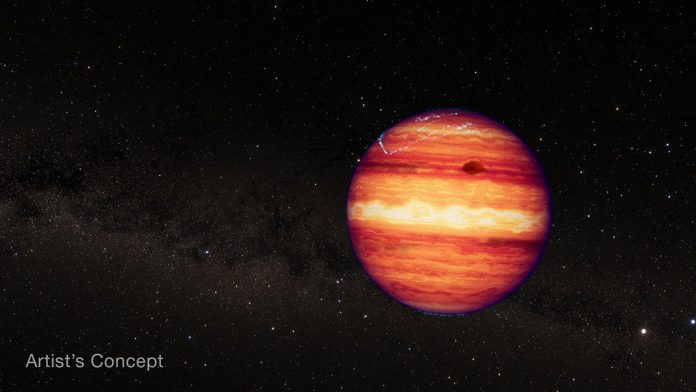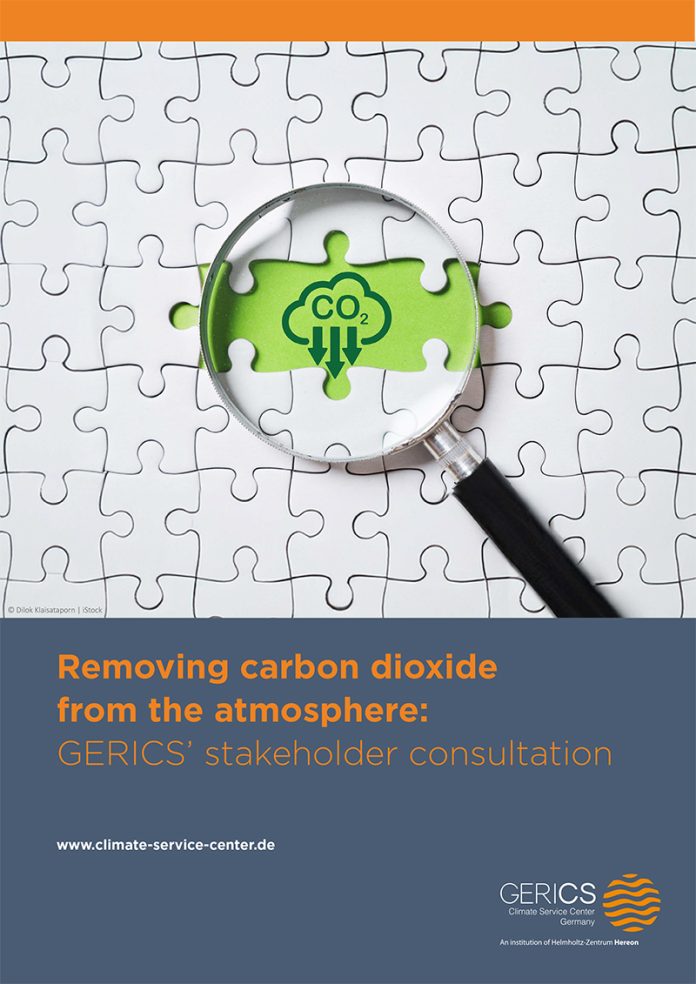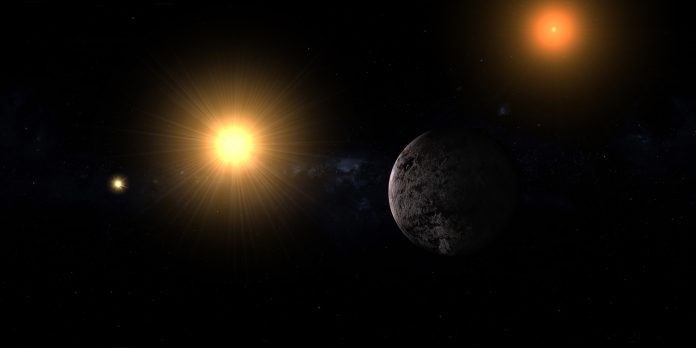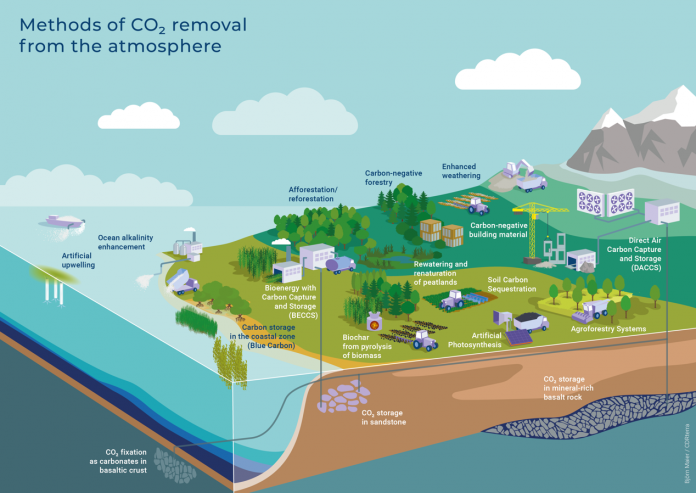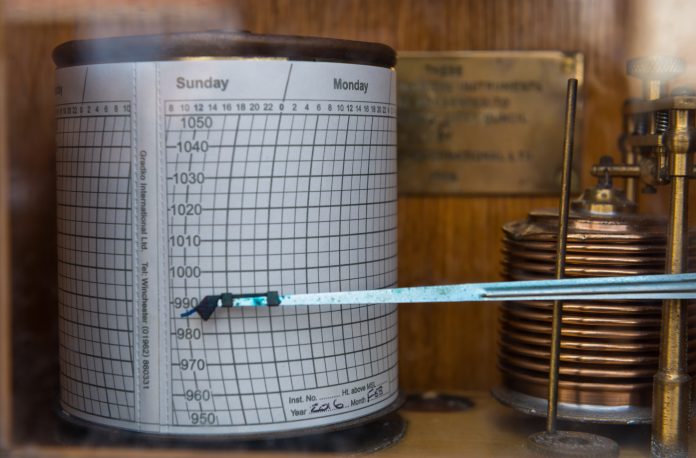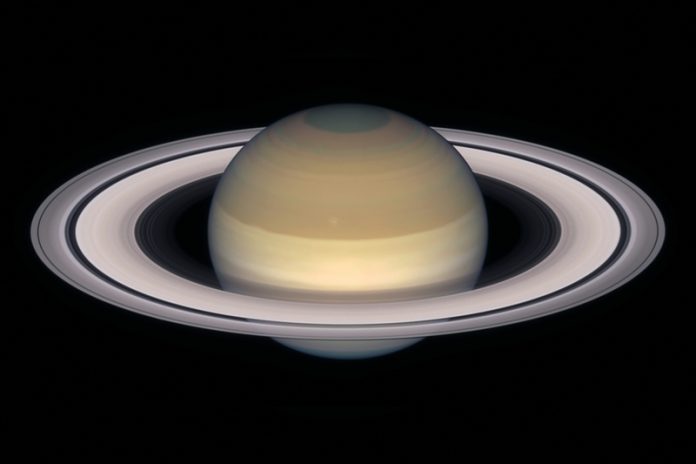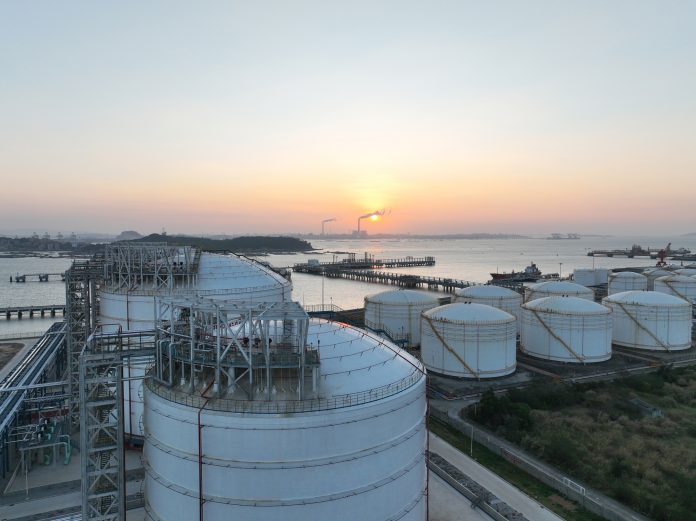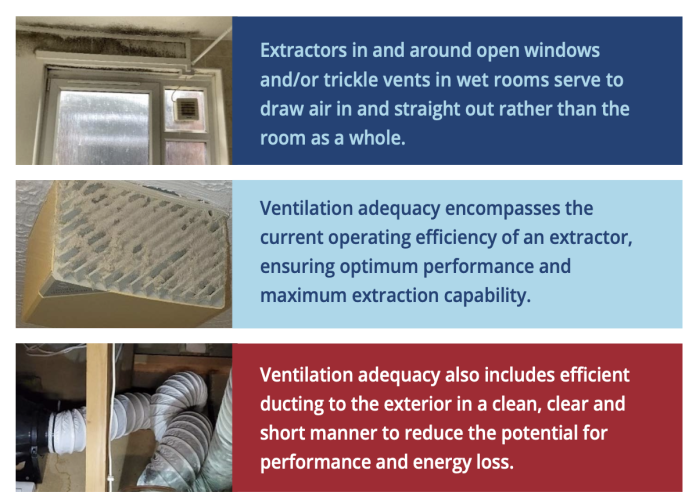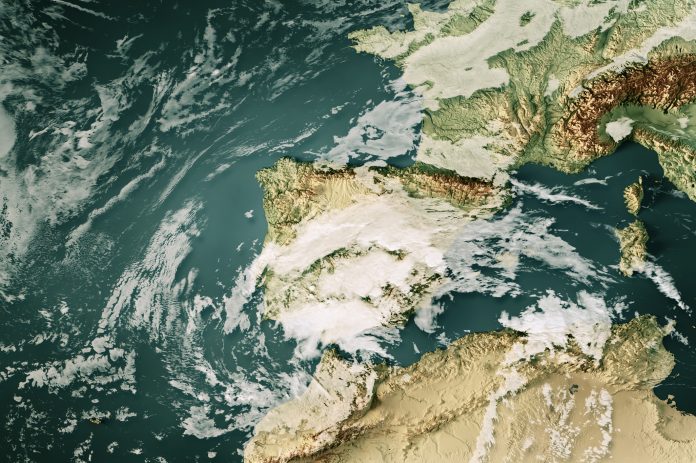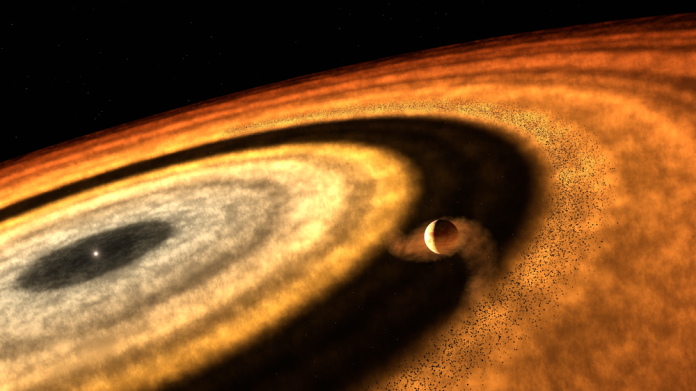Open Access Government produces compelling and informative news, publications, eBooks, and academic research articles for the public and private sector looking at health, diseases & conditions, workplace, research & innovation, digital transformation, government policy, environment, agriculture, energy, transport and more.
Home Search
atmosphere - search results
If you're not happy with the results, please do another search
SIMP 0136: JWST unveils the complex atmosphere of starless super-Jupiter
Previously thought to be defined by simple cloud patterns, NASA's JWST has unveiled the astonishing complexity of SIMP 0136, a starless super-Jupiter.
Astronomers map the 3D atmosphere of exoplanet Tylos
Astronomers have discovered by looking through an exoplanet's atmosphere and mapping its 3D structure for the first time.
Removing carbon dioxide from the atmosphere
Many countries aim to achieve the net-zero emission target. This means that any human activity releasing greenhouse gas emissions into the atmosphere must be counterbalanced by an equivalent amount being removed. But how is that supposed to work? And what do the public and stakeholders think of it?.
Exoplanet WASP-39 b shows big differences between morning and evening atmospheres
Astronomers using NASA's James Webb Space Telescope have uncovered new details about the atmosphere of an exoplanet known as WASP-39 b, located 700 light-years away from Earth.
Lessons in creating the right atmosphere with ventilation
Increasingly airtight buildings can lead to a build-up of carbon dioxide in educational facilities, which can affect the concentration of occupants and, therefore, their learning ability. Ventilation and air conditioning systems can, however, be designed to provide the best indoor air quality to maintain students’ alertness. Roberto Mallozi from Klima Therm explains.
Satellite ERS-2 set to reenter earth’s atmosphere
Nearly 30 years after its launch, the European Space Agency (ESA) closely monitors the descent of the uncontrolled satellite ERS-2 as it hurtles towards Earth's atmosphere.
Removing carbon dioxide from the atmosphere
The agricultural sector plays a decisive role in tackling climate change. GERICS explores what actors of the agricultural sector think of removing carbon dioxide and what support they need from science.
Earth’s atmosphere holds key to large storms impacting satellite comms
An international research team led by Nagoya University and the University of New Hampshire unveils the critical role of Earth's atmosphere in geomagnetic storms and their consequences.
A search for primary evidence of Earth’s ancient atmosphere and climate
Robert Rainbird, a research scientist working for the Geological Survey of Canada, a division of Natural Resources Canada, looks at the geological evolution of Earth’s ancient atmosphere and climate
What did Earth look like two and a half billion years ago? When did our atmosphere and oceans become oxygen-rich? Did...
Monitoring changes occurring in the atmosphere
In the latest interview with Open Access Government, the National Center of Meteorology tell us more about their priority areas, such as the importance of earthquake monitoring.
Probing the atmosphere of extra-solar planets
Senior Researcher Pierre-Olivier Lagage discusses how, after the detection of exoplanets, the characterisation of their atmosphere is the next step to understanding alien worlds.
Nasa spacecraft set to crash into Saturn’s atmosphere in ‘kiss goodbye’
Nasa spacecraft Cassini, a veteran traveller of the Solar System, is set to complete its mission and crash into Saturn's atmosphere this week
The international Cassini space probe is set to complete its mission at the end of this week, plunging into Saturn's atmosphere, destroying the materials of the Nasa...
Spain will host the EU’s first net-positive emissions building in Seville
The European Commission has started construction on a new building in Seville that will set new standards in sustainable architecture.
A breakthrough process set to boost methanol production efficiency using carbon dioxide
A new method could transform fuel and manufacturing industries by turning C02 into a valuable chemical.
Climate and hydrologic change across the Great Lakes region and other transboundary waters
Scott Steinschneider, M. Altaf Arain, Paulin Coulibaly, Andrew Gronewold, and Gail Krantzberg, explore climate and hydrologic change across the Great Lakes region in North America and other transboundary waters.
M. Altaf Arain – McMaster University
M. Altaf Arain is a professor in the School of Earth, Environment & Society at McMaster University, Hamilton, Ontario, Canada, and Science Research Chair in Environmental Sustainability and Climate Change. His research interests include hydrometeorology, ecosystem restoration, land surface-atmosphere interaction schemes, eco-hydrological and global climate models. Dr. Arain established...
Damp and mould surveys for healthy buildings
David Bly, Director of Cornerstone Management Services Limited, an independent surveying company, discusses their damp and mould surveys for buildings across the UK. He highlights how transparent results have led to cost-effective solutions for various industries
With ongoing damp and mould-related structural health issues, is it time to consider certifying...
Flooding in a changing climate: Why we need systemic action now
There is a need for systematic action to safeguard against flooding; here, Professor Günter Blöschl from the Vienna University of Technology, the University of Bologna elaborates further
The climate crisis is already transforming the world around us, with extreme flooding only set to intensify over the next 10 years, according...
JWST reveals the origin of ultra-hot exoplanet WASP-121b
New observations from the James Webb Space Telescope reveal the surprising origin of the ultra-hot exoplanet WASP-121b. Detecting atmospheric methane and silicon monoxide suggests this ultra-hot world formed in a colder, distant region akin to our outer Solar System, then migrated inward.
Permafrost resilience in the era of climate change and Earth system modeling
In this analysis from Everest Group, explore the resilience of permafrost in the context of climate change and earth system modeling, with an emphasis on how science and technology are enhancing Arctic stability and global risk management.

